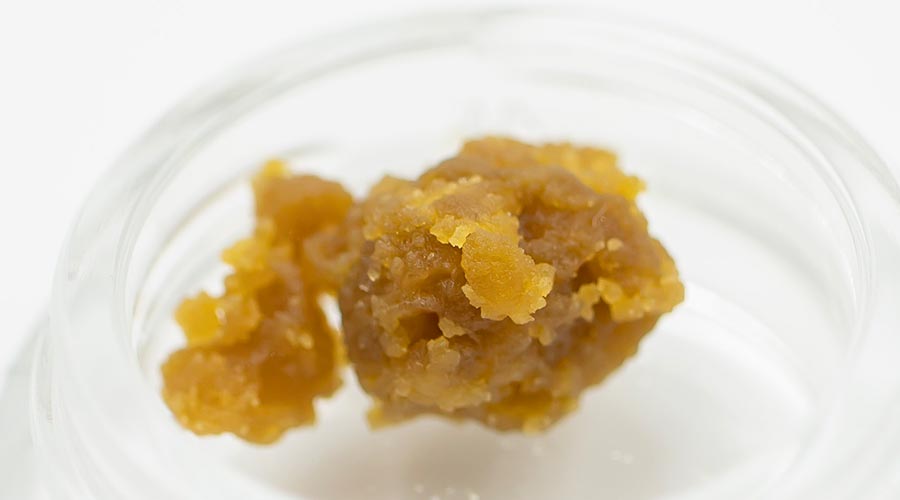Cannabis concentrates are the foundation of your favorite infused products. Cannabis processors convert raw material into a pure and potent cannabis oil, but somewhere in the production process, they must employ a range of refinement techniques to remove the plant’s active ingredients from its inessential compounds.
Here, we will go through two of the most popular post-processing methods used to create a pure and smooth-tasting final product, including what is dewaxing and dewinterization and how they differ.
Why winterization and dewaxing are essential
Cannabis concentrates can boast an incredible flavor and aroma, but if its plant lipids and waxes aren’t removed effectively, you may end up with a harsh-tasting and smelling product. Talk about schwag!
In addition, the leftover lipids and waxes can slowly degrade the concentrate over time. After just a few days, your once translucent and clear hash oil can begin to look cloudy and opaque. In a process known as nucleation or auto-buttering, excess lipids and waxes can muck-up the concentrate’s consistency with age and exposure to heat, oxygen and light.
Essentially, lipids and waxes can transform fire dabs into an extinguished mess.
What is dewaxing?
Dewaxing, similar to winterization, removes unnecessary fats and waxes from the end product. Dewaxing dissolves the crude extract in butane, usually, under sub-zero temperatures. Most often, this can occur within a closed-loop system through an inline dewaxing element. The sub-zero temperatures make the waxes and lipids insoluble in the solvent, allowing the crude oil to be filtered through micron screens.
What is winterization?

Winterization is a similar essential process used to remove undesirable compounds such as waxes, fats, lipids, and chlorophyll from a crude extract. The process involves dissolving the crude, nonpolar concentrate in a polar solvent, usually ethanol, at extremely low temperatures. Under these cold conditions, miscella of the plant’s cannabinoids and terpenes are created and separated from the coagulated, unwanted fats and waxes at the top layer of the solution.
Winterization versus dewaxing: which is better?
In the battle between winterization and dewaxing, there is no clear winner.
Certain winterization methods can end up losing out on much of the terpene concentration due to ethanol’s higher boiling point compared to butane or propane, which are commonly used during dewaxing. However, rotary evaporators can help preserve a higher concentration of terpenes through an effective recovery and purge.
On the other hand, dewaxing with butane can lead to lower yields and longer run times if not performed within a closed loop system. However, the dewaxing process may result in the preservation of a higher amount of terpenes. That means better flavor and aroma.
Ultimately, there is no wrong way to filter undesirables from the cannabis plant oil. With the right systems and procedures in place, extraction technicians can effectively refine a product for safe use and a dank experience.


Leave A Comment